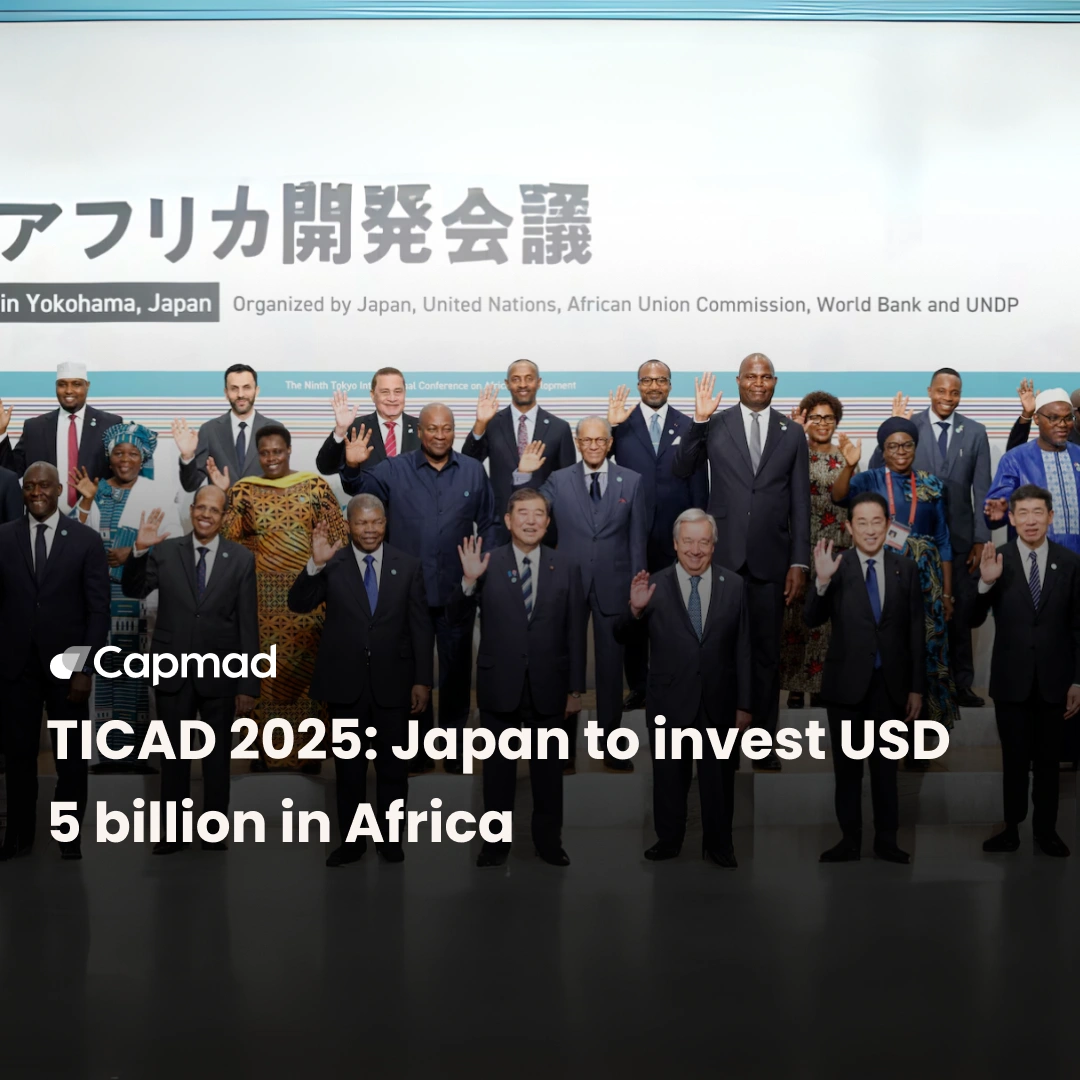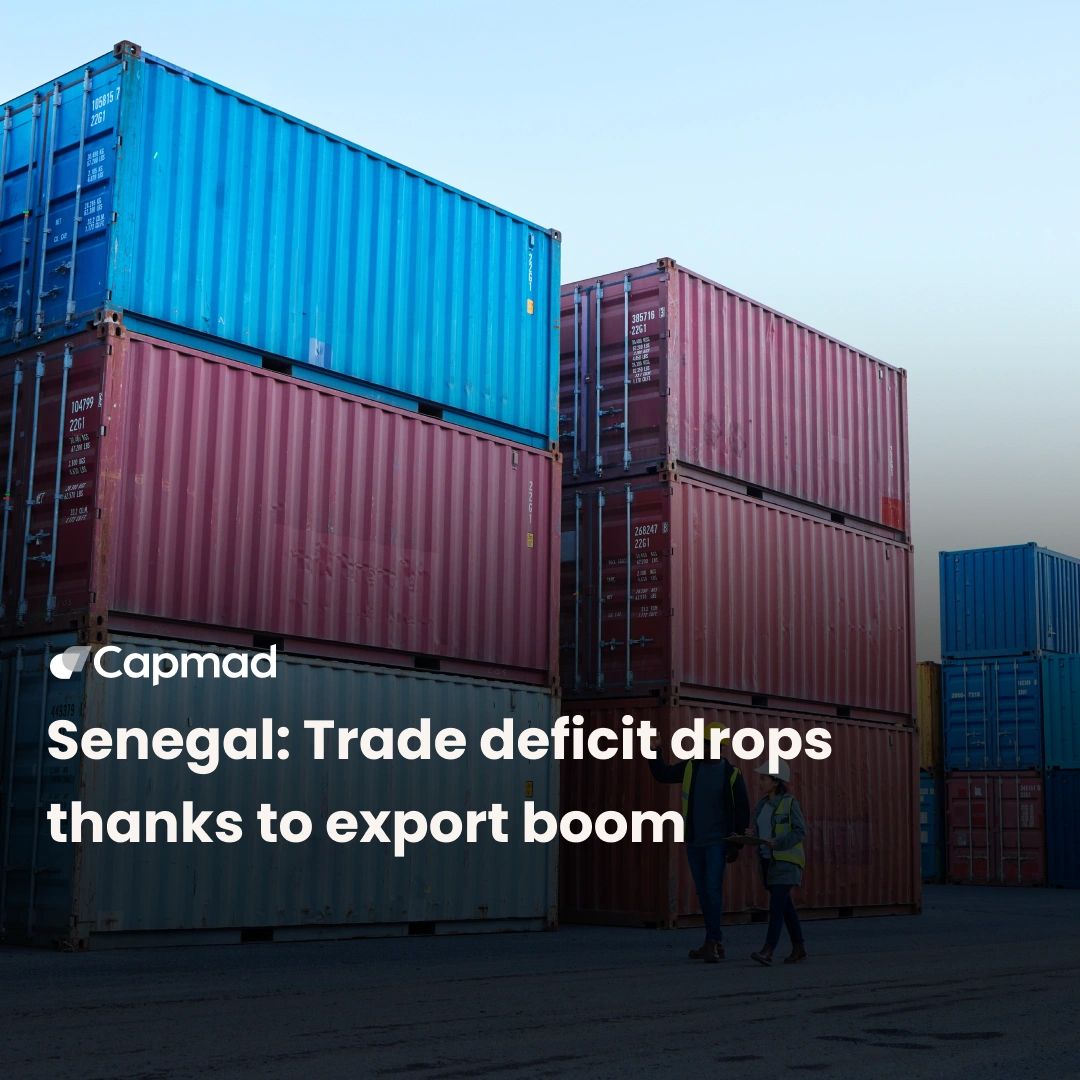Zimbabwe appears on track for a solid economic recovery in 2025, driven by structural reforms and more favourable commodity prices.
Economic Rebound After a Challenging Year
The International Monetary Fund (IMF) forecasts a 6% growth rate for Zimbabwe’s economy in 2025, marking a strong rebound after the 2024 recession caused mainly by a severe drought that reduced agricultural output by 15% and impacted electricity production as well as the prices of minerals such as platinum and lithium. This recovery is supported by more favorable climatic conditions in the first half of 2025 and record-high gold prices, which have boosted the agricultural and mining sectors.
Macroeconomic stability and structural reforms
IMF report highlights that this positive momentum is based on regained macroeconomic stability, thanks to rigorous fiscal and monetary policies. Praised reforms include the cessation of quasi-fiscal operations by the Reserve Bank of Zimbabwe, the stabilization of the new gold-backed currency (ZiG), and inflation contained at an average monthly rate of 0.5% between February and May 2025.
The IMF also notes improved tax revenues and increased discipline in public financial management, despite ongoing pressures related to rising public sector wages, debt servicing, and public investments.
Recommandations to Consolidate the Recovery
To maintain this growth trajectory, the IMF recommends strengthening reforms, notably reducing the budget deficit without resorting to monetary financing, improving public finance governance, and increasing transparency regarding public enterprises and the Mutapa Sovereign Wealth Fund. Furthermore, the Fund supports
Zimbabwe’s intention to adopt a single currency by 2030, while calling for clarification of the transition modalities and strengthening the monetary and exchange rate policy framework, given that the country currently operates a multi-currency regime including the US dollar, South African rand, and Zimbabwe.
Perspectives and Challenges in a Complex International Context
Despite a global economic slowdown, trade tensions, and geoeconomic fragmentation, Zimbabwe shows remarkable resilience. The central bank also forecasts 6% growth in 2025, supported by a strong agricultural campaign with significantly improved maize, cotton, and tobacco harvests, contributing to relative price and exchange rate stability. However, risks remain, particularly due to dependence on the agricultural and mining sectors as well as pressures on public.






